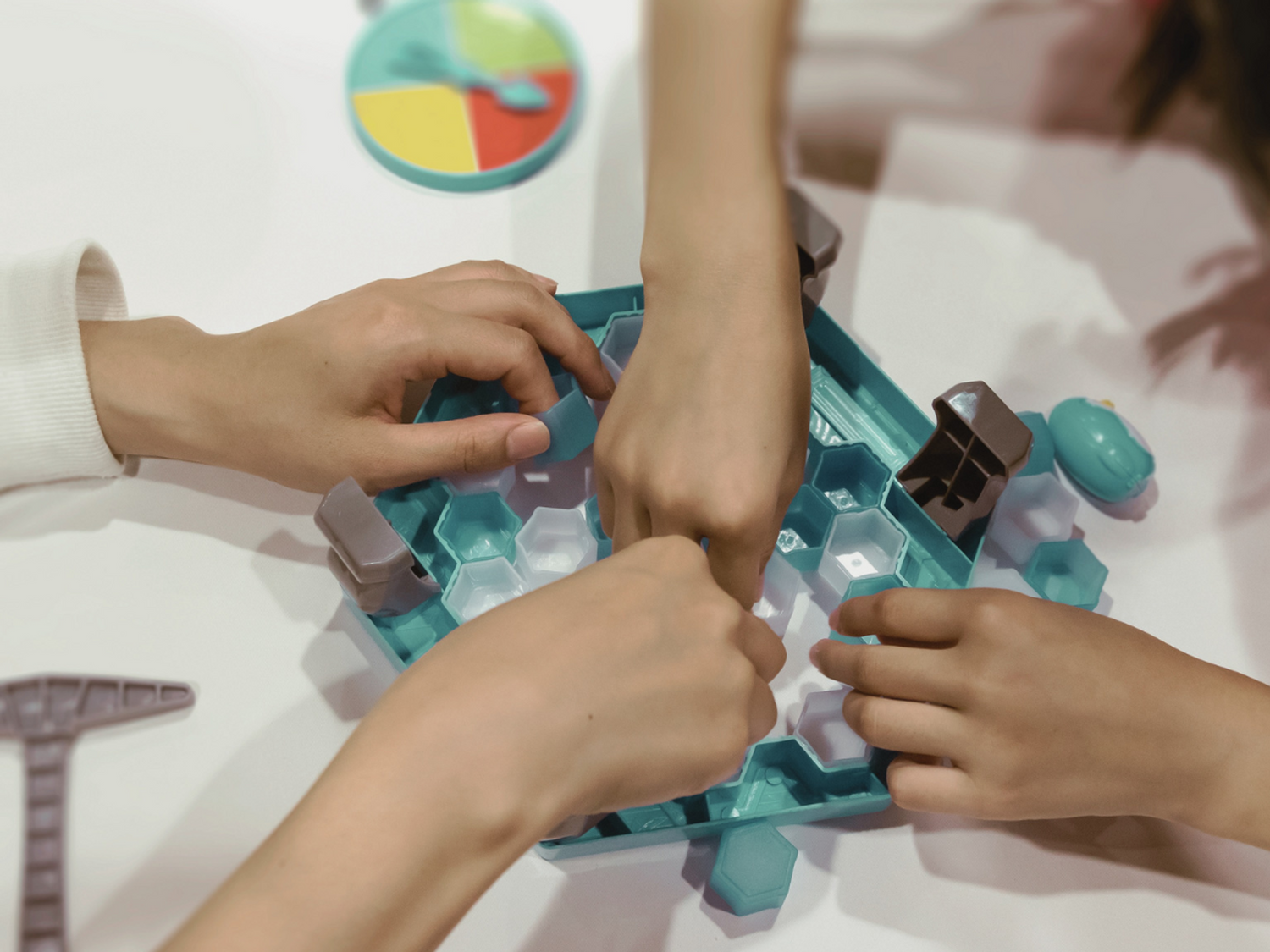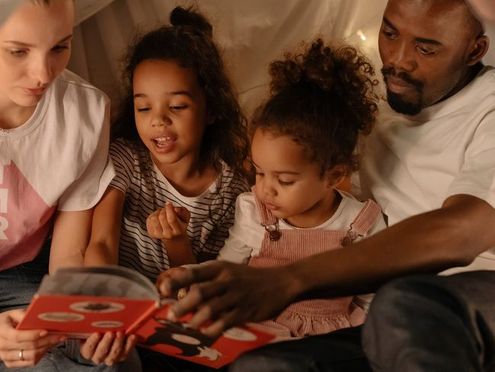What is game-based learning?
Game-based learning has become not just another educational tool in a teacher’s armoury, but a central one. So, what is game-based learning and why is it so popular?
Game-based learning is an interactive method of engaging learners in educational content in the format of a game. For example, students could learn the French words for colours through an adapted game of Bingo or learn about hurricane formation through an online quiz.
In both examples, learning is presented in a game format incorporating elements of competition, rewards and active engagement.
Game-based learning vs gamification: what’s the difference?
The terms game-based learning and gamification are not interchangeable. Game-based learning is a strand of learning in a game context, whereas gamification is an approach which affects an entire body of learning.
Leaderboards and whole class rewards are used to motivate, monitor and track the progress of all learners but do not require the small strands of learning to be game based. For example, a series of traditionally taught lessons become gamified if the teacher displays a scoreboard for work completed in class. Badges may be given out and pupils begin to compete for the most ‘points’ earned in class upon completion of the work.
Game-based learning is applied to specific items of learning, whereas gamification is a whole module/syllabus approach using rewards to motivate learners to complete traditional types of learning.
How can game-based learning be used in the classroom?
Traditional game-based learning
Teachers have been using traditional game-based learning as an effective learning tool for years. From using number-bond Bingo with my Year 1 learners, to engaging PGCE science learners in practising and applying properties of materials by playing 10 Questions, any game with a goal and rules to follow can be adapted for use to help students learn information.
Games can be made for specific learning outcomes and be used with a whole class, small group or pairs. When the rules have been learned, learners can play the games themselves without teacher guidance to help them practise and recall.
Digital game-based learning
Digital game-based learning is now commonly used in classrooms. The games themselves are often produced by education technology companies and app developers and can be played as a whole class on an interactive whiteboard, in small groups, in pairs, or even individually. Learners need access to tablets, laptops or mobile phones - for this reason, it can be beneficial to set game-based tasks as homework, aiding in practice and recall.
A useful point about digital games is that both teachers and the learners themselves can track information about where mistakes have been made to help them identify where gaps in learning are and which content requires more game-playing and practice to get it right. Games can be a method of fun, low-stakes formative assessment for new content. This can be done through points, knowledge organisers or reporting.

Harness the benefits of game-based learning to improve literacy
Utilise Bedrock's deep-learning algorithm to boost learners' attainment through engaging prose, teaching videos and mastery activities.
The pros of game-based learning
1. Increases motivation and engagement
The clue is in the words ‘game-based’ - who doesn’t like to play?
Playing games involves the natural human instinct to compete and a desire to succeed. Game-based learning is fun, and this provides learners with the motivation to engage and complete the learning tasks, enabling them to practise, recall and retain the content.
In game-based learning, students become active in their learning – deeper processing of the content occurs when students are motivated to want to find ways of remembering and applying their learning, meaning information is more likely to be remembered.
2. Encourages collaboration
Many games require learners to play with others. They need to collaborate with teammates and follow rules for the game to work.
Some games can be adapted so that learners who might normally assume a solo role in the game (e.g. Bingo) can work together in pairs or small groups, prompting them to explain their reasoning to others and to listen and respond to their peers in deciding the best course of action.
Increasing opportunities for collaboration and the need for verbal communication is particularly useful in terms of developing language skills and provides another means for learners to engage with subject matter in a multi-modal way.
3. Fosters critical thinking and problem-solving
Research suggests that game-based learning fosters critical thinking in learners (Mao et al. 2022). When learners play with others in a game, they need to collaborate and share ideas. This means learners need to listen and evaluate the views of other learners before deciding on their next course of action – have they considered the potential tactics of the opposing team? Does the other person’s perspective provide new information which might change the answer they might want to give?
Aside from the specific subject content being rehearsed and applied, the format of game-based learning provides opportunities for learners to reflect, which is central to critical thinking and problem-solving.
4. Opportunity for personalised learning
Adapting and creating your own game-based learning allows you to specify the gameplay to match content learners have encountered. For example, when using Bingo to teach French vocabulary, the teacher can select the words for the Bingo mat that the learner may have had difficulty recalling in their last assessment.
However, digital game-based learning embeds processes which enable the learners to lead their own learning. Instant feedback in the game about where gaps in knowledge are means that learners are automatically given game tasks to help fill these areas deemed as requiring more practice.
5. Promotes inclusivity and benefits SEN learners
Supporting positive relationships with others is recognised as an important strategy in supporting learners with SEND. Game-based learning often requires collaboration with other learners and can provide a positive medium for interactions to take place.
Furthermore, digital game-based learning incorporates differentiated outcomes, meaning that learners with SEND are able to revisit and rehearse specified content to aid retention and recall. Content can be released in small steps and at the correct level for the learner, either simplifying or extending, which prevents some learners with SEND from becoming overwhelmed with too much new information.
When a learner is successful in one element of their learning, the game instantly sends them to the next incremental level so that progress can be made at the right pace for the learner.
The cons of game-based learning
1. Games aren’t always beneficial to the curriculum
Despite the many advantages of game-based learning, not all content can be delivered in this way. It is important that the games are able to engage the learner in relevant content at an appropriate level.
Learning is not going to take place if the subject matter is relevant but the game itself is too easy or far too complex for the learner to play. Therefore, educators need to check the suitability of the game content before being given to the learner and decide whether a game-based learning approach is the best fit for that piece of learning.
2. Tools and equipment can be costly
Finding an appropriate game may incur costs – digital games require electronic equipment which can be expensive and many games will require internet access to be able to play them which is another cost to factor in.
Traditional game-based learning may avoid these larger overheads, but they are not cost-free - card games and board games can often be even more costly to buy. Making your own games requires resources and can take lots of time to make. I have been that teacher cutting, sticking and laminating cards and boards late into the night – it can be very time-consuming!
3. Games can be distracting
The flip side to being highly motivational and engaging is that digital game-based learning can also be distracting. ‘All good things must come to an end,’ and fun learning is included in this. Some learners may find the temptation to keep playing the game too irresistible and so a clear expectation about learning time needs to be agreed upon with students.
4. Extended screen time can be bad for learners
When learners are playing digital games, they are engaging with a screen, which means periods of sitting and physical inactivity. It is important to check that there is a balance of on-screen activity and physical activity in a learner’s day and that the temptation to spend extended time on digital media is limited.
Should you be using game-based learning in your classroom?
In short – yes!
Maybe at the beginning of this article, you felt that game-based learning was unlikely to be an effective learning tool. However, learning through a play-based medium taps into our innate motivations, meaning that game-based learning can be a powerful way to learn.
How Bedrock supports game-based learning
Available from a learner’s laptop, tablet or mobile phone, Bedrock is accessible to learners whether they complete literacy work in the classroom or at home, encouraging them to take ownership of their work and their progress. This is further supported through Bedrock’s game-based learning activities.
Throughout the core curriculum, vocabulary, grammar and GCSE English are taught through gamified activities that mimic the real world beyond the classroom - for example, games where learners must complete text messages.
Not only does Bedrock compete for attention against the distractions in a learner’s life, such as video games and social media apps, but it also utilises elements of game-based learning to improve learners’ self-motivation, a skill that benefits them in every subject.
As well as this, games are one of the first ways learners encounter literacy - for example, singing nursery rhymes, clapping in rhythm, or playing word games with parents and guardians. In this way, learning literacy through gameplay is proven to be successful at ensuring long-term retention of literacy skills - more than that, it seems to be an innate part of how we teach and learn language!
Harness the benefits of game-based learning without the time investment of preparation and marking with Bedrock’s core curriculum.



